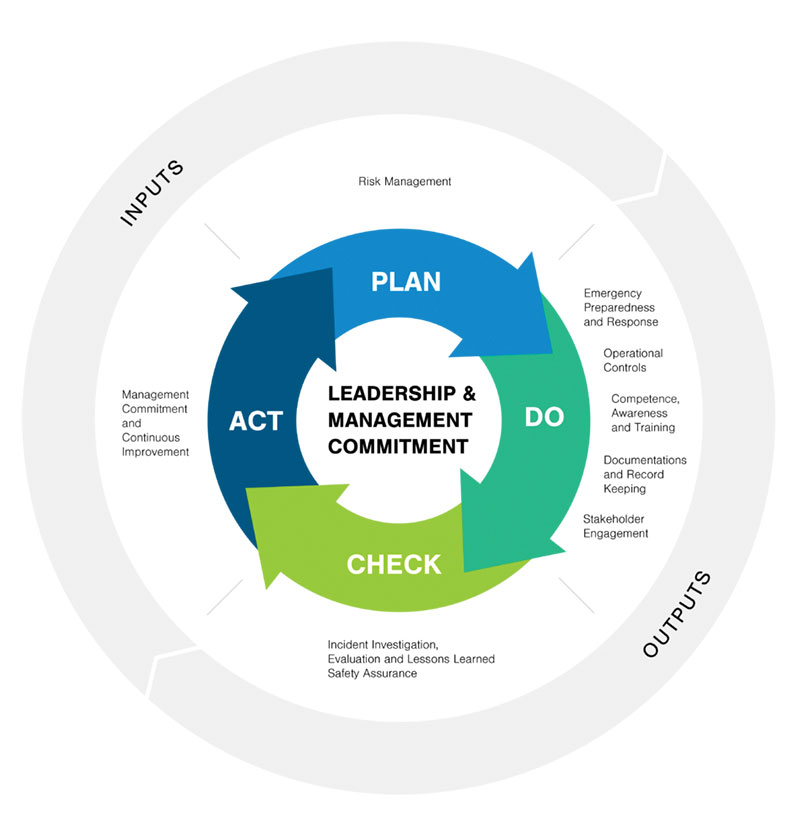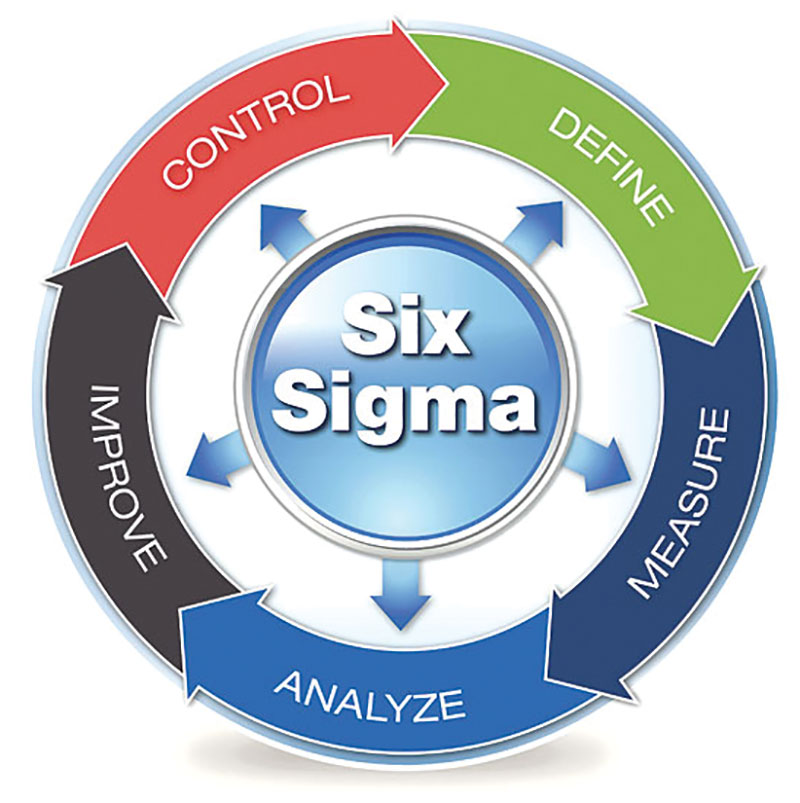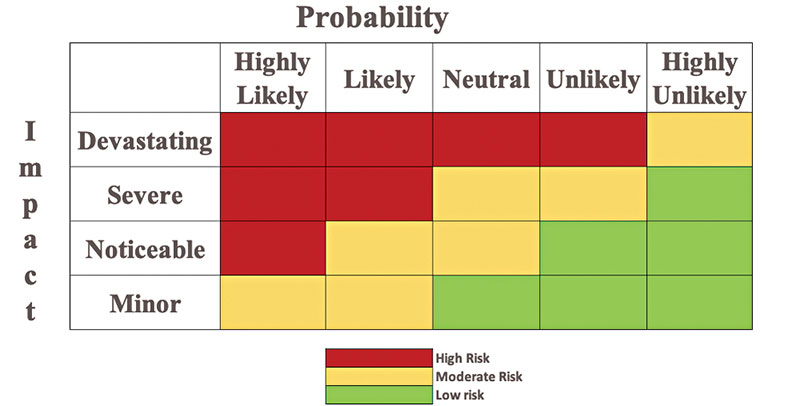August 2020, Vol. 247, No. 8
Features
Pipeline SMS: A Control Room Focus
By Russel Treat, CEO and Founder, EnerSys Corporation
What is the underlying message for pipeline operators regarding pipeline safety management systems (pipeline SMS)? Ultimately, the goal is to positively affect the culture in the control room to improve safety outcomes. In this article, approaches to support cultural change are addressed, as are approaches that might be implemented in the pipeline control room.
Why culture? Culture is the behavior that underlies expectations for how the work is to be performed. For pipeline operators to support zero incidents, there must be a change in thinking, attitudes and behaviors, and a change to habitual thinking as an individual, company and industry.
As pipeline operators embrace pipeline SMS, the industry will position itself to achieve transformative pipeline safety results. The question is, how do you positively affect the culture?
The attraction of pipeline SMS – as outlined in API RP 1173 – is the opportunity for each pipeline operation to adopt practices and implement culture-driven procedures that align with the unique makeup of their pipeline operation.
Pipeline SMS is not prescriptive or a requirement; it is guidance to build upon existing industry operating and safety practices. The impetus is on pipeline operators to determine the best way to move their cultures to improve pipeline safety.
Consider three methods that have positively affected habitual thinking for individuals, companies and industries.
- Deming Method – This is an improvement process model that focuses on incremental changes to support a cultural shift.
The Deming method is focused on continuous quality improvement that consists of a logical sequence of steps to support improvement and continuous learning through the improvement process.
You can draw a direct correlation to the plan-do-check-act (PDCA) cycle, which is the cornerstone of pipeline SMS. While not unique to the pipeline industry, the PDCA principle is key for supporting pipeline operators as they continue to focus on improvement rather than simply completing tasks.
To bring these ideas into a clear focus, they are discussed in terms of specific control room impacts.
Plan: What is my objective in the control room? Achieve business goals; do no harm.
Do: How do I execute the control room plan? Qualified controllers perform pipeline control processes using approved procedures.
Check: How do the actual results compare to expected results in relation to supporting safety? Evaluate alarms, abnormal conditions and results of operation.
Act: What corrective actions should be implemented to support continuous improvement? Determine appropriate process and system improvements; prioritize and execute the work.
Following this cycle on a consistent and deliberate basis is part of a commitment to total quality management. This approach is imperative when thinking about how to achieve incremental changes in attitude, behaviors and thinking that lead to new habits and new ways of thinking to support pipeline safety.
Total quality management is an excellent approach for capturing consistent and incremental improvements.
- Six Sigma Model. This model has been used for decades to support production improvements. GE brought it to the forefront under the leadership of Jack Welch to eliminate defects and variations. Now, Six Sigma is associated with the lean management approach of eliminating waste through the constant review of organizational inefficiencies.
While total quality management looks for incremental improvements to a process, Six Sigma is often used to fundamentally rethink and re-engineer a process.
How does Six Sigma apply to the pipeline control room? This transformational model builds on the plan-do-check-act cycle to take a deeper dive into the root causes of safety issues.
It’s about asking more “why” questions to determine what caused the difference between actual results vs. expected results, why certain actions were taken that deviated from control room plans, and whether there is a lack of understanding or competence to perform the action.
There is also a metric-driven element of taking the data, analyzing the data, comparing the data to the expected results, and finding ways to achieve continuous improvement to drive toward the desired metrics. This is a rigid approach that requires discipline, accountability, focus and determination to continue driving toward positive outcomes.
The Six Sigma approach can be ideal for reworking process safety management, alarm management, operational analysis processes and training programs.
- Risk Management Approach. A third method to support culture change in the pipeline control room draws on risk management modeling. This approach focuses heavily on defining and measuring pipeline safety risk based on possible outcomes, then working backward to understand the risks that are present in pipeline operations, the probability of each risk, and the severity or potential impact of each risk on pipeline operations.
This means using risk modeling to understand what needs to happen to close pipeline safety gaps in your operation to support the objective of zero incidents. The actual math of achieving this objective is finding a way to address the very small, yet important, gap in the industry’s current 99.997% safety rate to close the last 0.003%.
When discussing this small gap in the May 5 edition of the Pipeliners Podcast (www.pipelinerspodcast.com), PHMSA Administrator Howard “Skip” Elliott reinforced that the next-step safety change to achieve the ultimate goal will be culture change through pipeline SMS.
Risk management modeling can be used to support this approach of using measurement to clearly capture the presence of risk, then work toward supporting culture change through training, education, coaching and mentoring, which leads to new attitudes, behavior and thinking.
Culture Change
While Deming, Six Sigma and risk management are valuable methods for driving change in theory, there is a clear need to drill down further from the theoretical to the practical.
Change must be achieved at the working level, which requires pipeline operators, control room managers and other decision makers to determine the ideal approach and then communicate this approach in relation to continuous improvement. Meaningful change occurs at the level of the individual alarm, abnormal operating condition or routine process step.
Controllers, support personnel and other individuals responsible for pipeline safety in the control room need to understand how every action, behavior, way of thinking and decision has a direct impact on pipeline safety.
For example, an operator might take the Deming model to measure, analyze, design and implement pipeline SMS and combine this approach with risk management modeling to achieve clarity about the decision-making approach that will be utilized to support safety in the control room. Then, the operator can use this approach to measure performance and drive toward continuous improvement and incremental changes.
To arrive at this position, operators need to ask two important questions:
- What should I do to achieve the desired outcome?
- What are the things that could cause an adverse outcome, and how do I measure against those undesired outcomes?
Working backward to find the answers to these questions, appropriate steps can be taken to implement an effective program that outlines how each person involved in pipeline operations can support safety.
As part of this step, operators also need to show leadership by thinking about how to effectively communicate the plan and make necessary adjustments to the environment to create the ideal culture. Continuing to promote effective habitual thinking creates momentum toward reaching zero incidents.
While culture change may seem like a difficult process in the long run, the opportunity to achieve small, incremental changes should be inviting. When implementing pipeline SMS, focus on achieving one positive outcome, then move toward achieving the next positive outcome.
Continue to build, measure the results and seek continuous improvement until you arrive at the objective of building the ideal culture that promotes, embraces and supports pipeline safety throughout the operation.
Author: Russel Treat is the CEO of EnerSys Corporation, a provider of control room management software, consultation and compliance support for pipeline operators.








Comments